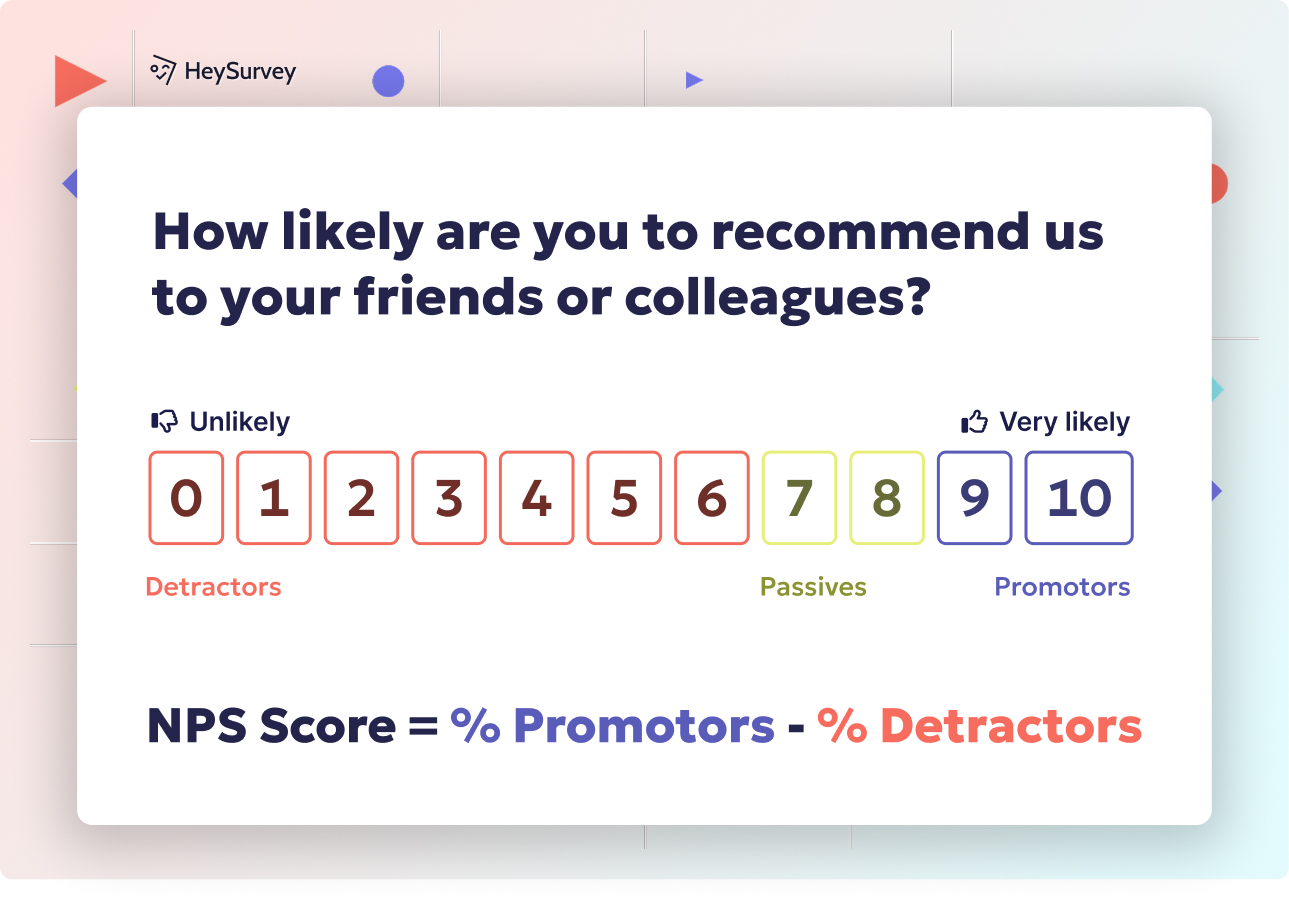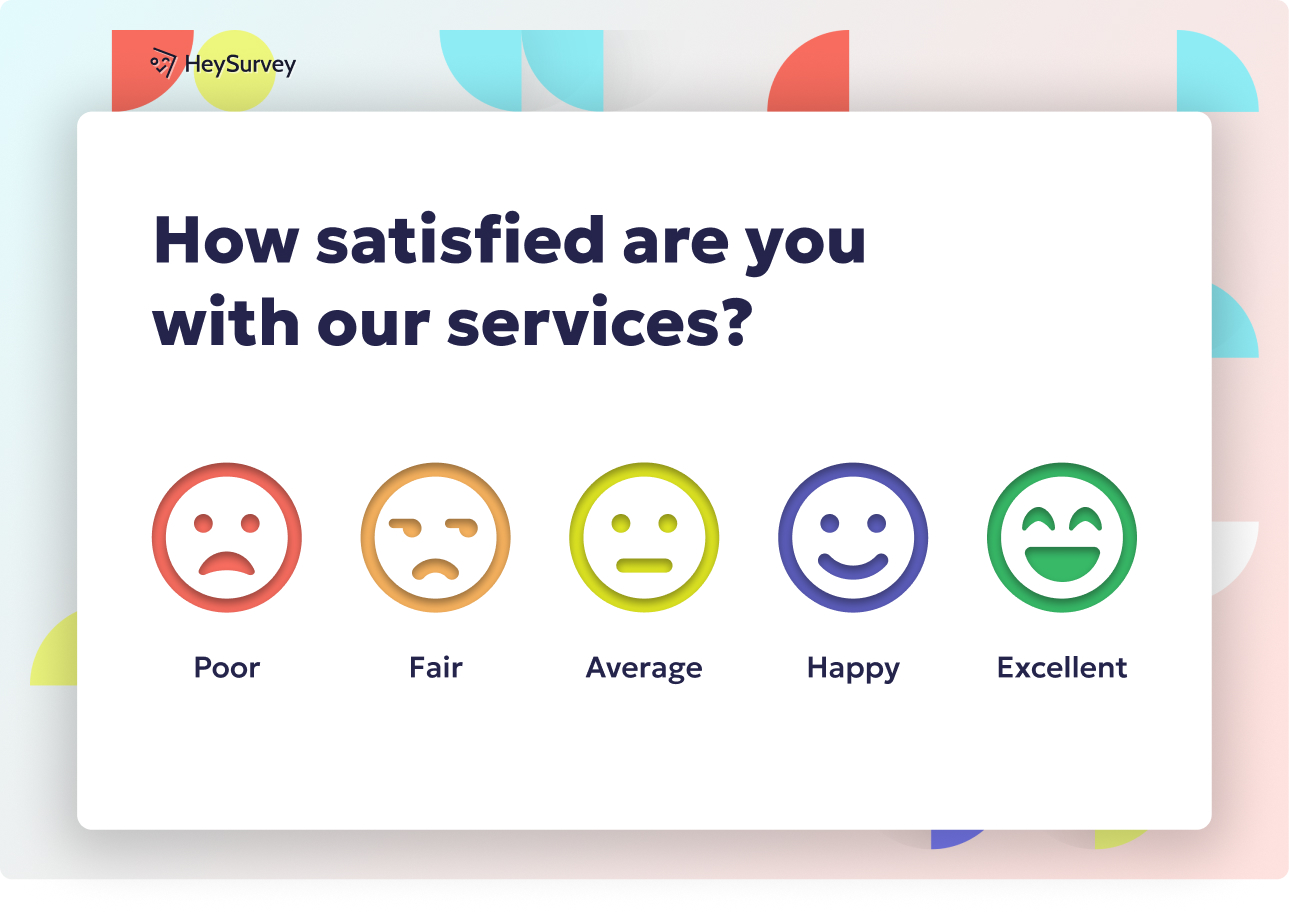30 Mentorship Survey Questions: Types, Uses & Sample Items
Discover 30 powerful mentorship survey questions with types, timing tips, and sample items to boost mentee satisfaction and program impact.
Mentorship surveys are the secret sauce behind thriving programs. They gather crucial insights, keep participants happy, and prove your mentorship’s worth with measurable ROI. Organizations typically send these surveys at key moments—right after matching, midway through, or even months later—to capture meaningful feedback, track progress, and stay agile.
This guide covers eight powerful types of mentorship survey questions designed to fit every stage of your program cycle. From onboarding and early check-ins to program impact and long-term follow-ups, pairing the right survey with the right milestone ensures your mentorship flourishes. Let’s dive into these surveys and explore sample questions that spark growth, engagement, and lasting success.
Onboarding & Expectations-Setting Survey
Starting strong is everything. An Onboarding & Expectations-Setting Survey is your program’s first handshake, usually delivered during mentor-mentee matching or within week one. It clears the fog around goals, learning preferences, and communication styles, helping program managers place the perfect pairs with laser-focused alignment.
This survey goes beyond “nice to meet you” and gets participants dreaming big about what they want to achieve together. By understanding each person’s needs and expectations at the outset, you reduce mismatches and avoid awkward first meetings that fizzle out before they even start.
Here are five sample onboarding questions that set the stage perfectly:
- What are your top three goals for participating in this mentorship program?
- How frequently would you like to meet with your mentor/mentee?
- Which communication channels (video, phone, in-person, chat) do you prefer?
- Rate your current confidence level in achieving your stated goals (1–5).
- What specific skills or knowledge areas are you most eager to develop?
By gathering this information early, your program can create tailored mentor-mentee matches and provide the right resources from day one, setting participants on a winning path. After all, clarifying expectations upfront saves a lot of “wait, what?” moments later on.
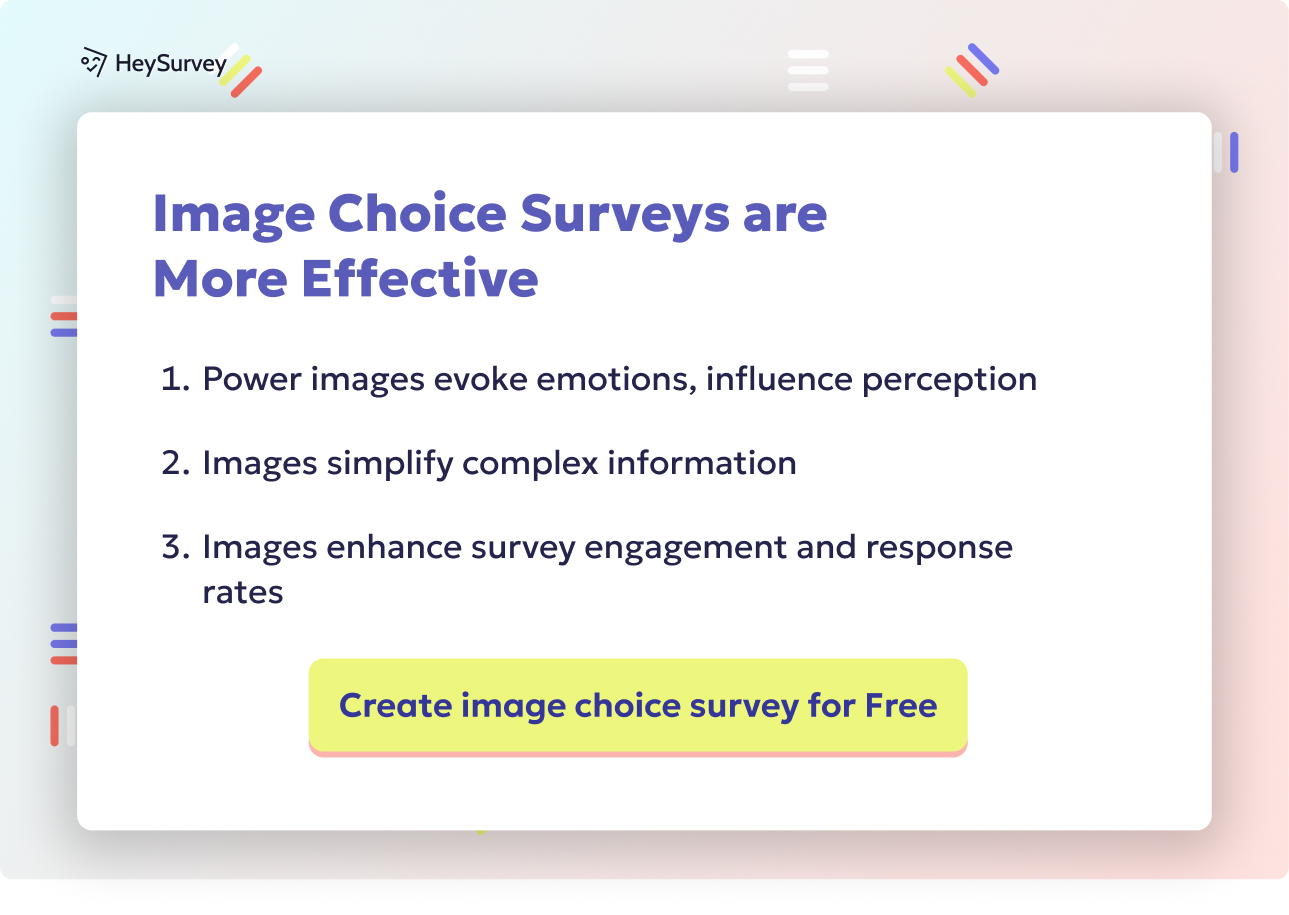
Creating your mentorship survey with HeySurvey is a breeze—even if you’re new to the platform! Just follow these three simple steps to build and launch your survey quickly, plus a few bonus tips to make it shine.
Step 1: Create a New Survey
Start by logging into HeySurvey or jump straight in without an account to explore. Click “Create Survey”, then choose how you want to start:
- Select an Empty Sheet for full customization, or
- Pick a Pre-built Template relevant to your mentorship survey to save time.
Once chosen, you’ll be taken to the Survey Editor, where you can name your survey and begin shaping it.
Step 2: Add Questions
Hit “Add Question” to start building your question list. HeySurvey offers a variety of question types perfect for mentorship feedback, including:
- Choice questions (single or multiple selections),
- Scale questions (like 1–5 ratings or NPS scores),
- Text questions for open-ended input.
Type your question, add descriptions, and mark questions as required if needed. You can also insert images or use markdown formatting to add flair and clarity.
Step 3: Publish Your Survey
Once your questions are ready, click “Preview” to see how your survey looks on desktops and mobile devices. When satisfied, hit “Publish” to get a shareable link or embed code. Note that publishing requires a free HeySurvey account so you can collect and analyze responses.
Bonus Step: Apply Branding
Customize your survey’s look by uploading your logo and tweaking colors, fonts, and backgrounds in the Designer Sidebar. This makes your survey feel uniquely yours—professional and inviting.
Bonus Step: Define Settings
Head over to the Settings Panel to:
- Set start and end dates for your survey availability,
- Limit responses if you want,
- Add a redirect URL for after survey completion, and
- Choose whether respondents can view summarized results.
Bonus Step: Use Branching
Make your survey smarter by adding branching—where the next question depends on previous answers. This helps tailor the survey flow based on individual responses for more relevant feedback and a slick user experience.
Ready to get started? Hit the button below to open a mentorship survey template in HeySurvey and tailor it your way!
Early-Stage Check-In Survey (30-Day Pulse)
The first month can be a rollercoaster. Deploying an Early-Stage Check-In Survey around day 30 helps spot any hiccups before they turn into full-blown derailments. It acts like a pulse-check to surface early frustrations, confirm that momentum is building, and tweak pairings if necessary.
This quick survey makes sure relationships aren’t just happening but actually working. If mentees feel disconnected or mentors struggle to engage, this is the moment to course-correct—and fast. Waiting too long risks both sides losing interest.
Here are five questions that put your finger on the early-stage pulse:
- How satisfied are you with the frequency of meetings so far (1–5)?
- Have you and your mentor/mentee established clear goals together?
- What has been the most valuable aspect of your interactions to date?
- Are there any obstacles preventing productive meetings?
- What immediate support could the program team provide to improve your experience?
Using this survey, program managers can quickly spot mismatches or barriers like scheduling conflicts or unclear goals. Offering timely support or re-matching pairs can keep enthusiasm high and prevent early dropouts. A simple check-in early on ensures your mentorship gears stay well-oiled for the journey ahead.
Mid-Cycle Progress Survey
Halfway through, it’s time to take stock. The Mid-Cycle Progress Survey lets everyone pause and reflect on how far they’ve come toward their goals. This stage is perfect to assess skill gains, relationship quality, and whether resources are being used effectively.
The sweet spot for this survey is right around the midpoint — not so early that meaningful progress is unclear, and not so late that it’s too late to make adjustments. Collecting honest feedback here sends a clear message: growth matters, and you’re listening.
Try these five questions to check on progress and recalibrate:
- To what extent have you progressed toward your mentorship goals (0–100%)?
- Which resources or activities have contributed most to your development?
- How effectively is feedback exchanged in your mentoring relationship?
- What new goals have emerged since the program began?
- Rate the overall alignment between mentor expertise and mentee needs (1–5).
Answers help you identify strengths and gaps in the program, guiding targeted coaching or additional support. If any relationships need finetuning or goals shifting, mid-cycle is your best chance to do it tactfully and promptly. After all, mentorship thrives on momentum—and momentum loves feedback.
Mentor Experience & Engagement Survey
Mentors are the unsung heroes of every program. A Mentor Experience & Engagement Survey—sent mid-program or quarterly—helps keep mentors motivated, supported, and connected. It’s the perfect opportunity to understand their challenges and identify what can make their jobs easier.
Without checking in, mentors might feel like they’re flying solo or burning out, especially in long-term programs. Providing a platform for their feedback shows you value their time and want to maximize their effectiveness. Plus, this survey can spotlight hidden gems of insight to improve the overall mentorship journey.
Here are five sample questions focused exclusively on mentors:
- How confident do you feel in guiding your mentee toward their goals (1–5)?
- What challenges have you faced in fulfilling your mentor role?
- Which program resources have been most helpful for you as a mentor?
- On average, how much time do you spend preparing for each mentoring session?
- What additional training or tools would enhance your mentoring effectiveness?
Using this feedback, your program can deliver targeted training, improve resource access, or adjust workloads. Happy mentors mean better mentees. Simple as that. Nurture your mentors, and the whole program blossoms.
Mentee Satisfaction & Growth Survey
Your mentees are the heartbeat of any mentorship program. The Mentee Satisfaction & Growth Survey—used quarterly or post-major milestones—makes sure their needs, progress, and experiences are front and center. It's the voice of the learner, shaping ongoing program development and resource allocation.
Tracking their satisfaction regularly prevents small issues from turning into big disappointments. Plus, it highlights where mentees feel supported and where they still crave guidance. This keeps your program relevant and responsive.
Here are five essential questions to gauge mentee satisfaction and growth:
- How satisfied are you with the advice you receive from your mentor (1–5)?
- What tangible skills have you developed through the mentorship so far?
- How likely are you to recommend this mentor to a peer (0–10)?
- In what areas do you still need more guidance?
- Has the mentorship increased your confidence in your career path? Please explain.
Responses let you spotlight wins, identify blind spots, and celebrate growth moments. The net promoter score (NPS) style question—how likely they are to recommend—also gives a quick pulse on overall enthusiasm. Remember, satisfied mentees equal glowing program testimonials and future sign-ups.
Program Impact & Outcomes Survey
Near the finish line, it’s time for some serious number crunching. The Program Impact & Outcomes Survey aims to measure Return on Investment (ROI), strategic alignment, and organizational effects. This survey gives program leaders the data needed for executive reports, budget requests, and future planning.
It’s also where participants reflect on real-world changes driven by the mentorship — from improved job performance to stronger networks. These results tell the story of your program’s true impact, beyond feelings or anecdotal wins.
Use these five questions to measure outcomes comprehensively:
- Which of the following outcomes have you achieved due to the mentorship? (Select all that apply)
- How has the mentorship influenced your intent to stay with the organization (1–5)?
- Estimate the percentage improvement in your job performance attributable to the program.
- Have you expanded your internal network through mentorship? If yes, how?
- What program elements contributed most to overall success?
Gathering this intel informs smarter decisions about program improvements and sustainability. Plus, it fuels compelling success stories that will wow stakeholders. After all, data-driven insights transform mentorship from nice-to-have into must-have.
Exit / Off-Boarding Survey
When the final session ends, the journey isn’t quite over. Sending an Exit / Off-Boarding Survey immediately afterward captures fresh impressions, lessons learned, and alumni intentions. It’s the last chance to learn before participants move on—or become program ambassadors.
This survey helps identify what worked and what didn’t, guiding improvements for the next cohort. Plus, it nurtures future engagement by asking about ongoing relationships and willingness to rejoin.
Try these five thoughtful exit questions:
- What was the single most valuable takeaway from your mentorship experience?
- What would you change about the program structure for future cohorts?
- Do you intend to continue your relationship with your mentor/mentee informally?
- Would you participate in another mentorship program at this organization? Why or why not?
- Please rate the overall program on a scale of 1–10.
Feedback here reveals best practices, tweaks, and alumni networks. It’s also a perfect time to remind participants that mentoring is a lifelong adventure, not just a checkbox. Wrap it up with gratitude, and watch your mentorship family grow.
Long-Term Follow-Up Survey (6–12 Months Post-Program)
Mentorship impact often shows up well after the “official” program ends. The Long-Term Follow-Up Survey—sent 6 to 12 months later—gauges sustained career growth, skill retention, and ongoing connections. This feedback not only measures lasting effects but also informs broader talent development strategies.
Understanding long-term results lets you tell your mentorship story in multi-year chapters. Plus, it can highlight alumni who make excellent future mentors or mentees, keeping the cycle alive.
Here are five insightful long-range questions:
- Have you achieved any promotions or role changes since completing the program?
- Which mentorship insights are you still applying in your work today?
- How frequently do you communicate with your former mentor/mentee now?
- Has the program influenced your decision to stay with or leave the organization?
- Would you volunteer as a mentor or mentee in future programs?
This kind of longitudinal data is gold for executives and helps fine-tune program goals for maximum future impact. Remember, great mentorship effects don’t just happen—they stick.
Best Practices: Dos & Don’ts for Crafting High-Impact Mentorship Surveys
Creating powerful mentorship surveys isn’t rocket science, but it does need some finesse. Here are key dos and don’ts to keep your surveys sharp, engaging, and actionable.
Dos:
- Keep questions short, clear, and jargon-free to avoid confusion.
- Blend scaled (1–5) and open-ended questions to balance quick insights with rich detail.
- Time your surveys carefully—too many requests = survey fatigue.
- Guarantee data privacy and be transparent about how feedback is used.
- Design surveys to work beautifully on mobile devices for on-the-go completion.
- Benchmark results over time to spot trends, not just snapshots.
- Always close the feedback loop—share changes made because of participant input.
Don’ts:
- Don’t write leading questions that bias answers.
- Avoid surveying the same group too frequently or you risk burnout.
- Don’t collect data you have no intention or resources to act on; it breeds distrust.
- Never ignore negative feedback; it’s a goldmine for improvement if handled well.
- Don’t stack too many questions in one survey; shorter is sweeter.
- Avoid vague questions—be specific to get meaningful responses.
- Don’t overlook test-running surveys to catch confusing wording or technical glitches.
Following these best practices ensures your mentor feedback survey is not just a formality, but a core driver of continuous improvement. When your surveys hit the sweet spot, participants feel heard, programs evolve, and results shine.
Mentorship survey questions are your program’s secret weapon to staying vibrant and relevant. By harnessing surveys at every milestone—from onboarding excitement to long-term impact—and following best practices, you create a feedback loop that fuels growth, satisfaction, and success. So go ahead, ask boldly, listen deeply, and watch your mentorship program blossom like never before.
Related Program Evaluation Surveys
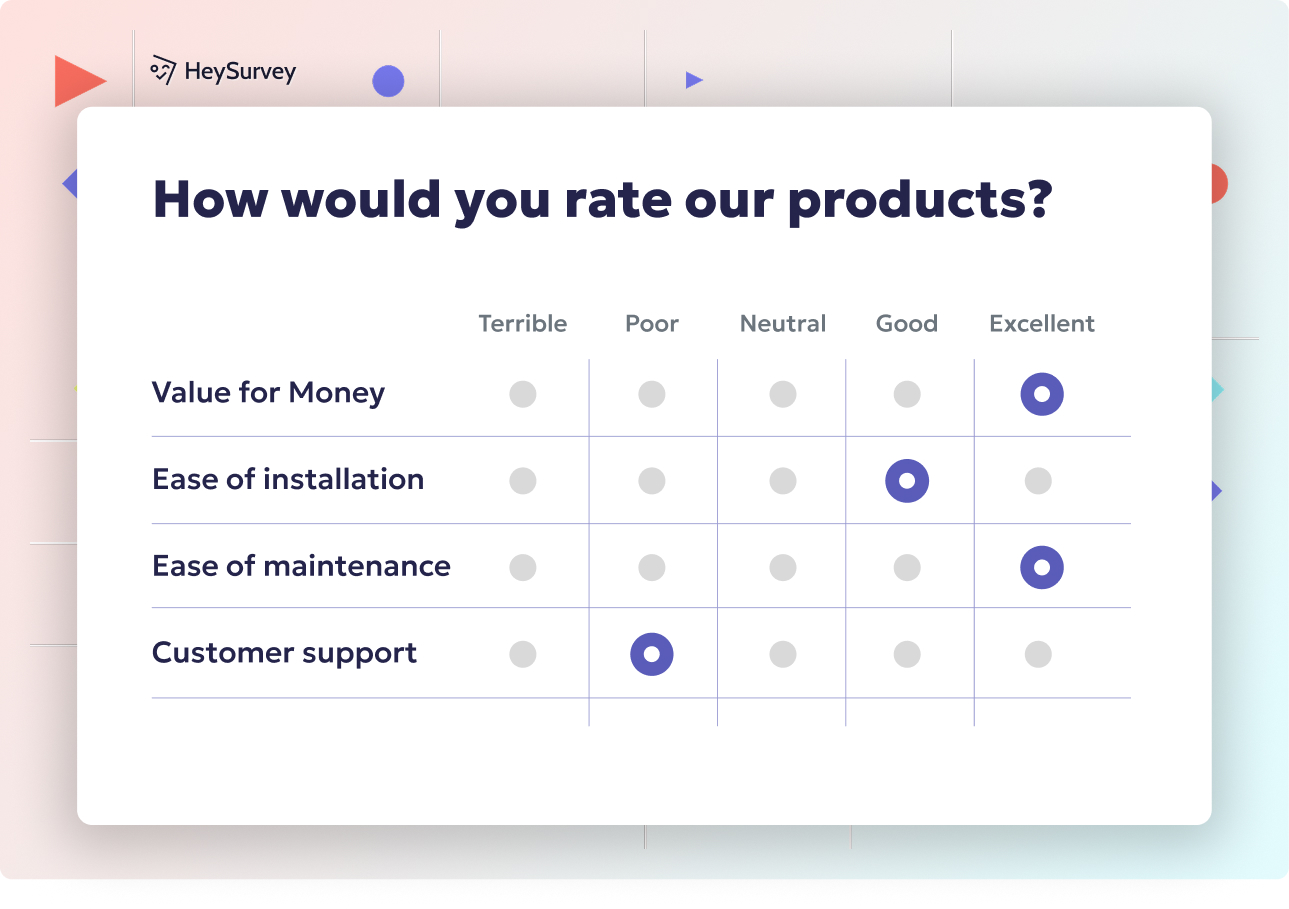
30+ Recycling Survey Questions: Templates, Uses & Best Practices
Explore 30+ recycling survey questions with templates, use-cases, and best practices to boost rec...

25 Non Profit Surveys Questions: Ultimate Guide for Insights
Discover a complete guide to non profit surveys questions with 40 sample questions to boost donor...
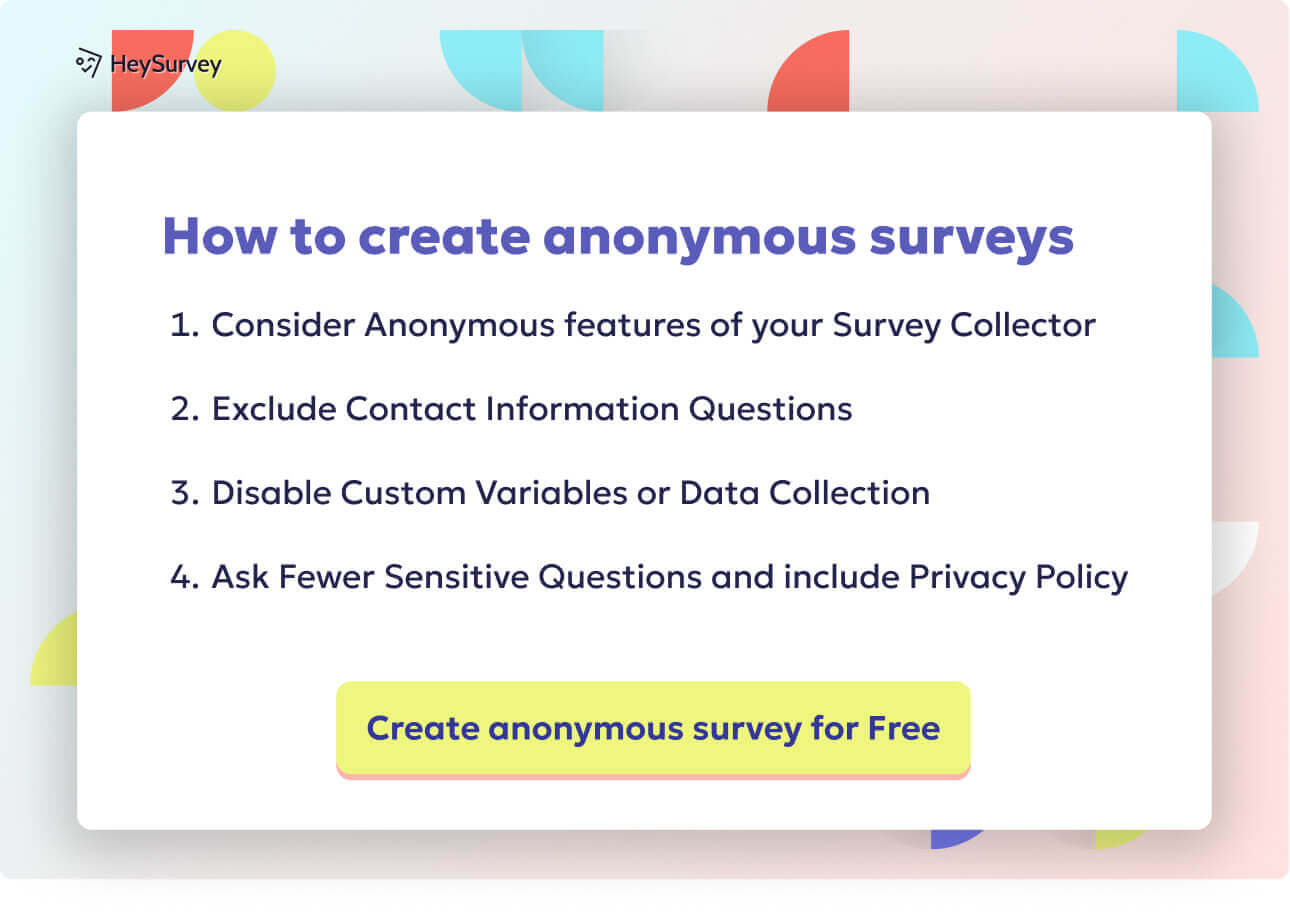
25 Activity Survey Questions for Seniors to Boost Engagement
Discover 28 essential activity survey questions for seniors to uncover preferences across fitness...
